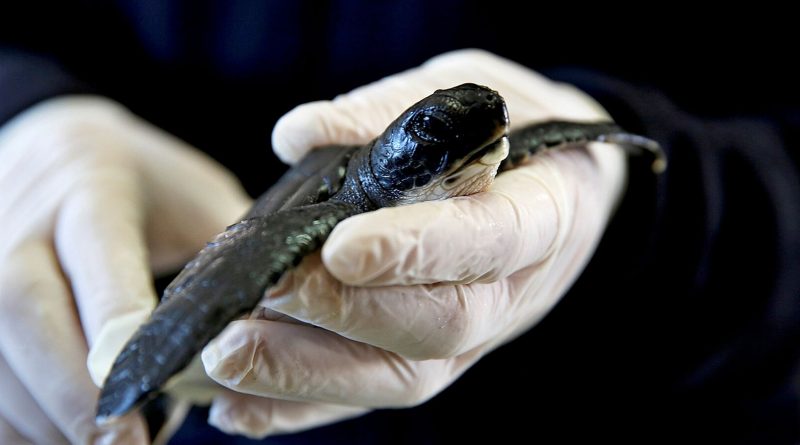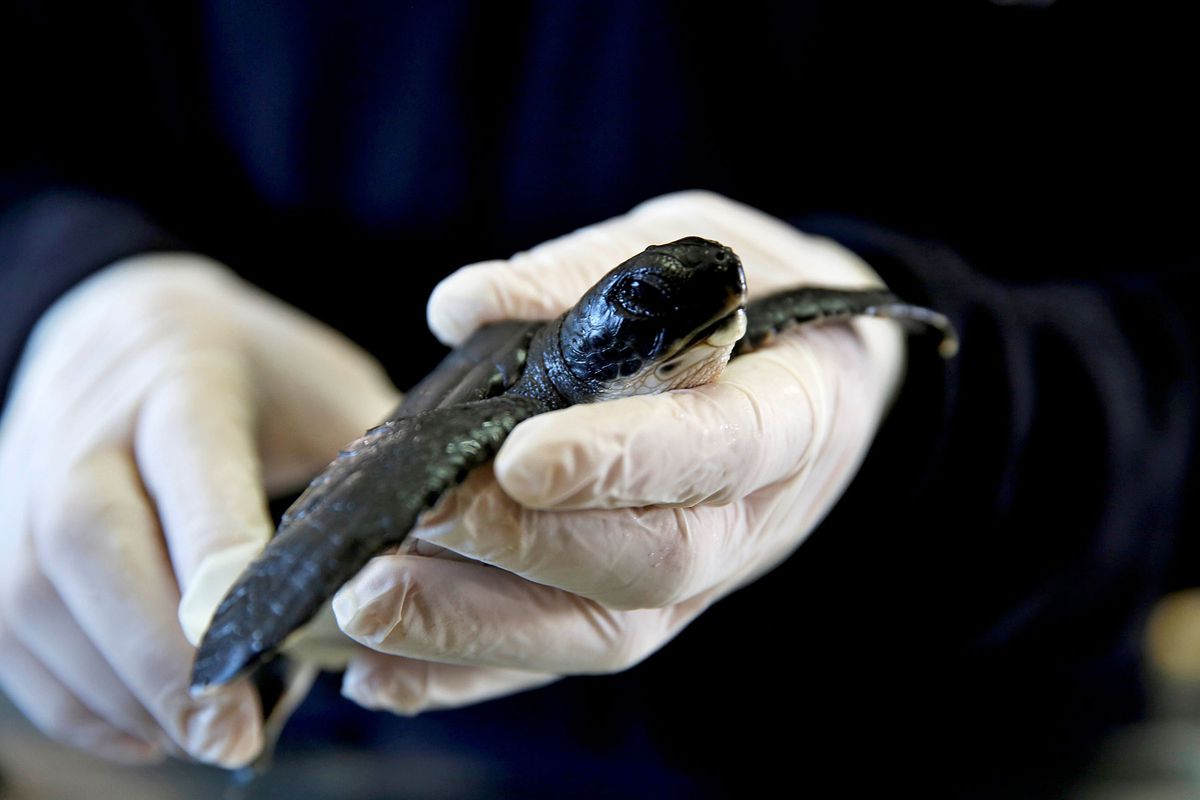How Mayonnaise Is Saving Endangered Sea Turtles
Mayonnaise can be a surprisingly polarizing condiment. (Pro tip: add garlic, call it "aioli," and watch your polarization numbers plummet.) But if you're on the fence with your feelings, here's a story that may push you solidly into the pro-mayonnaise camp: The mix of oil, egg yolk, and acid is saving the lives of endangered turtles.
Over the past week, the Israeli coastline has been dealing with an oil spill that the country's Nature and Parks Authority has billed as "one of the most severe ecological disasters to hit Israel" — with black tar washing up on the vast majority of the small nation's 119 miles of beaches, according to CNN.
But while humans have been told to avoid the area, wildlife doesn't have that luxury, and among the many animals at risk from the spill are endangered green sea turtles. According to the Associated Press, 11 of these turtles are now being treated at Israel's National Sea Turtle Rescue Center. "They came to us full of tar," Guy Ivgy, a medical assistant, told the news organization. "All their trachea from inside and outside was full of tar."
However, one common food has been described by the AP as "a miracle" for helping these sea creatures: Mayo is apparently able to flush out the turtles' digestive tracts. "We continue to feed them substances like mayonnaise, which practically clean the system and break down the tar," Ivgy continued, adding that the turtles will hopefully be able to return back to the wild within a week or two, thanks to this glorious emulsion.
But will this mayonnaise solution cause a problem of its own? Could mayo-craving green sea turtles troll about the Mediterranean Sea looking to satisfy their condiment cravings? Regardless, if you were forced to choose between mayonnaise and death, I think it's safe to say most people would choose mayonnaise. Maybe that's something for all the mayo haters out there to consider the next time they complain that someone has slathered the condiment on their sandwich.
This story originally appeared on Food & Wine.
Source: Read Full Article




